Article #16 on the Passion of Jesus Christ
Even the most barbaric societies of sinners would sometimes show a little compassion upon condemned prisoners. This would come in the form of a liquid drink that served as an analgesic. It would be offered to those who were about to be tortured to death, even though it would only slightly numb the senses of the criminal.
“And when they were come unto a place called Golgotha, that is to say, a place of a skull, They gave him vinegar to drink mingled with gall: and when he had tasted thereof, he would not drink.” – Matt. 27:33-34
“And they bring him unto the place Golgotha, which is, being interpreted, The place of a skull. And they gave him to drink wine mingled with myrrh: but he received it not.” - Mark 15:22-23
The Son of God would not partake of it! Why? In offering the Man this analgesic, Satan hoped to make void the sovereign design of the Passion. Literally, the Devil attempted to inhibit the ability of Jesus Christ to think and feel in this climactic moment of suffering for an Atonement. Here, at the Cross, the wrath of God would intensify to a maximum degree of glory, and Jesus Christ was determined to consciously endure it on behalf of sinners (Jn. 12:27-33). Remember, for our Lord, a maximum degree of divine wrath meant a maximum degree of suffering. Obviously, the Son of God wouldn’t consciously excuse Himself from the Theater of the Passion through taking an analgesic, especially upon coming to this most important episode of the Atonement.
“For two reasons – because this suffering to the utmost was necessary to the completion of the Atonement, which saves to the utmost, and because this suffering to the utmost was necessary to perfect His Character as ‘a merciful High Priest’ who has to care for souls that have gone to the utmost of miseries themselves –that He might know how to succor them that are tempted.” – C.H. Spurgeon, The Determination of Christ to Suffer for His People
“First, I say it was necessary to make the Atonement complete. I think that if our Savior had drunk this myrrhed cup, the Atonement would not have been valid. It strikes me that if He had drunk this wine mingled with myrrh, He could not have suffered to the extent that was absolutely necessary. We believe Christ did, on the Cross, suffer just enough, and not one particle more than was necessary for the redemption of His people. If, then, this wine cup had taken away a part of His sufferings, the ransom price would not have been fully complete – it would not have been fully paid. And if it had but taken away so much as a grain, the Atonement would not have been sufficiently satisfactory. If a man’s ransom is to be paid, it must be all paid, for though but one single farthing is left unpaid, the man is not fully redeemed and he is not yet totally free. If, then, this drinking of the wine cup had taken out the smallest amount from that fearful price of agony which our Savior paid, the Atonement would have been insufficient only to a degree, but even insufficiency to a degree, however small, would have been enough to have caused perpetual despair, yes, enough to have shut the gates of Heaven against all Believers! The utmost farthing must be paid! Relentless Justice has never yet omitted so much as a fraction of its claim! Nor would it, in this case, have relented in any measure – Christ must pay it all! The wine cup would have prevented His doing that, therefore He would suffer and go the whole length of suffering! He would not stop, but would go through it all.” – C.H. Spurgeon, The Determination of Christ to Suffer for His People
In the Garden of Gethsemane, the Father gave to the Son a most bitter cup of divine wrath. Then, from Gethsemane to Calvary, Jesus Christ was in the process of drinking this cup. The dregs of every bitter cup lay at the bottom of the drink, and Jesus Christ was determined to drink every last drop of the wrath of God (Ps. 75:8, Isa. 51:17, 22; Jn. 18:10-11)! However, cunningly, Satan attempted to force Jesus to drink yet another cup, a cup of analgesic, to undermine the purpose of the Father: because when it pleased the Father to put Christ to grief, then Satan was pleased to try to steal away just a little bit of that grief (Isa. 53:10). Nevertheless, our Champion emerged out of Gethsemane with unwavering courage to absorb divine wrath until it was finished.
Historically, many criminals have suffered death by a Cross in the Roman Empire. They could have received the numbing analgesic of wine and myrrh and everything would have been fine. In this respect, the Romans were to be commended for this act of pity upon condemned prisoners. Nevertheless, “the Cross of Christ” was completely different (1 Cor. 1:17-18, Gal. 6:12, 14, Php. 3:18). No such an allowance was permissible to the Son of God because of the substitutionary requirements of the Atonement. The misery of a sinless Man merits happiness for sinners. The sorrow of the Savior merits joy for sinners. The pain of a perfect Man merits peace for sinners. Divine wrath upon Jesus Christ merits divine love for sinners. The curse of this Cross merits blessing for sinners. The Son of God drank the cup of divine wrath so that we can take “the cup of salvation” and call upon the name of the LORD (Ps. 116:13)!
Historically, many criminals have suffered death by a Cross in the Roman Empire. They could have received the numbing analgesic of wine and myrrh and everything would have been fine. In this respect, the Romans were to be commended for this act of pity upon condemned prisoners. Nevertheless, “the Cross of Christ” was completely different (1 Cor. 1:17-18, Gal. 6:12, 14, Php. 3:18). No such an allowance was permissible to the Son of God because of the substitutionary requirements of the Atonement. The misery of a sinless Man merits happiness for sinners. The sorrow of the Savior merits joy for sinners. The pain of a perfect Man merits peace for sinners. Divine wrath upon Jesus Christ merits divine love for sinners. The curse of this Cross merits blessing for sinners. The Son of God drank the cup of divine wrath so that we can take “the cup of salvation” and call upon the name of the LORD (Ps. 116:13)!
Death and the curse were in our cup,
O Christ, ’twas full for Thee!
But Thou hast drained the last dark drop -
’Tis empty now for me.
That bitter cup—love drank it up;
Now blessings’ draught for me.
O Christ, ’twas full for Thee!
But Thou hast drained the last dark drop -
’Tis empty now for me.
That bitter cup—love drank it up;
Now blessings’ draught for me.
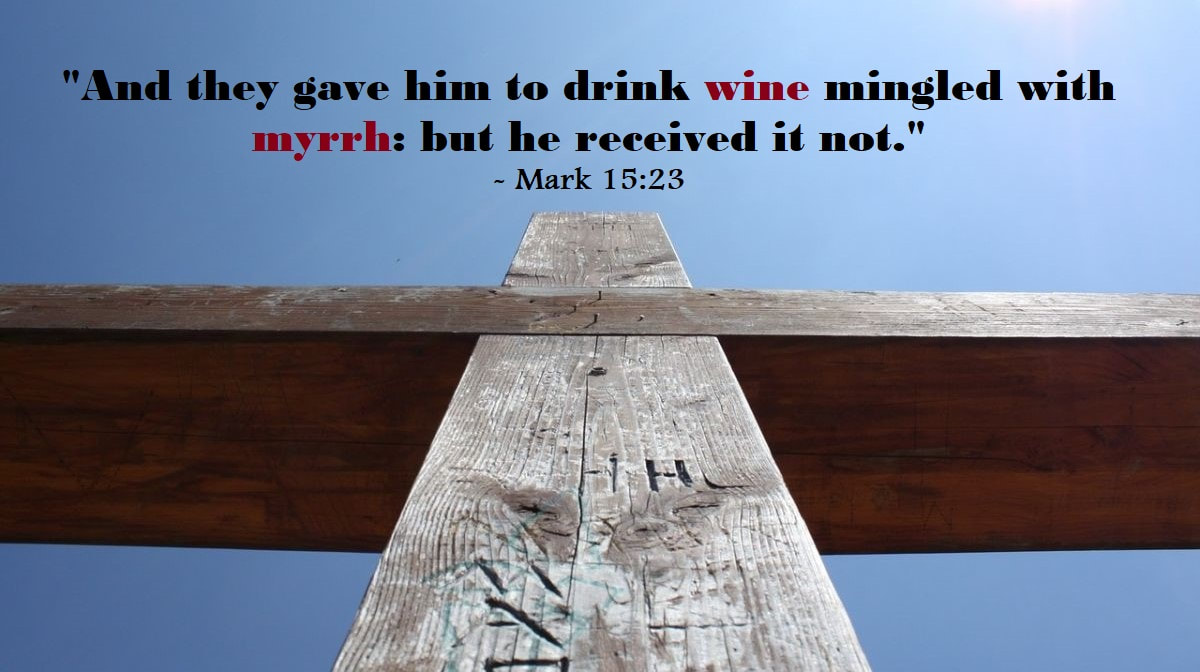
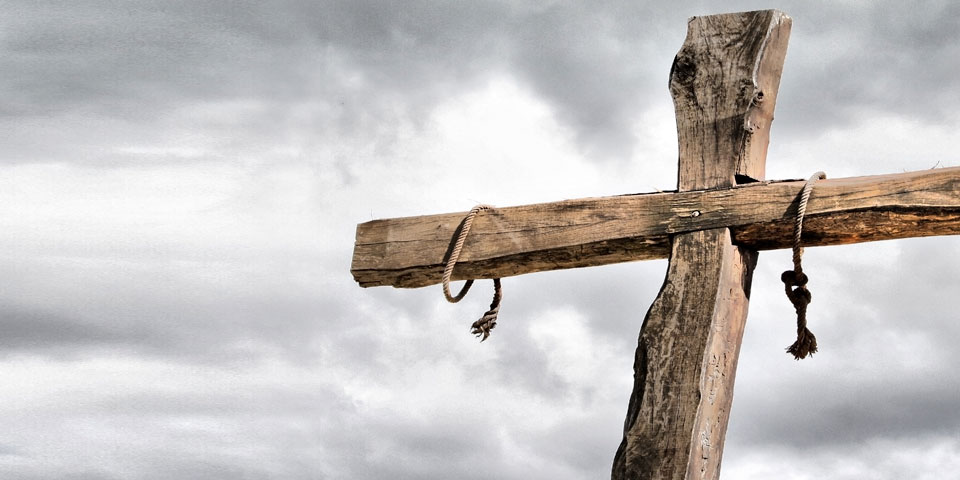

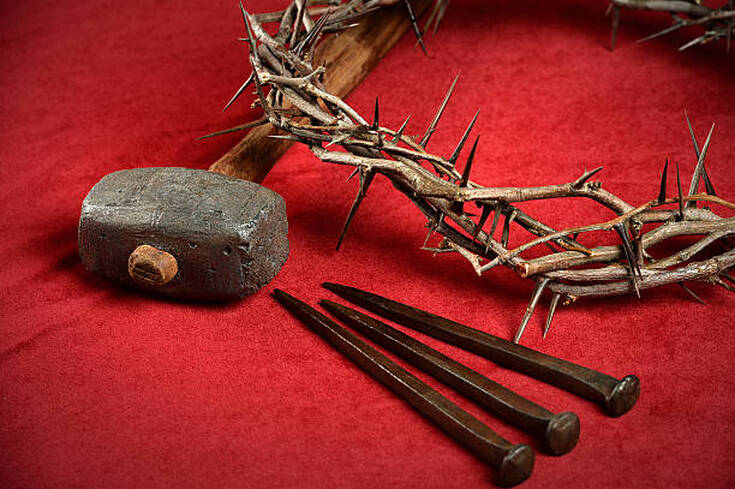
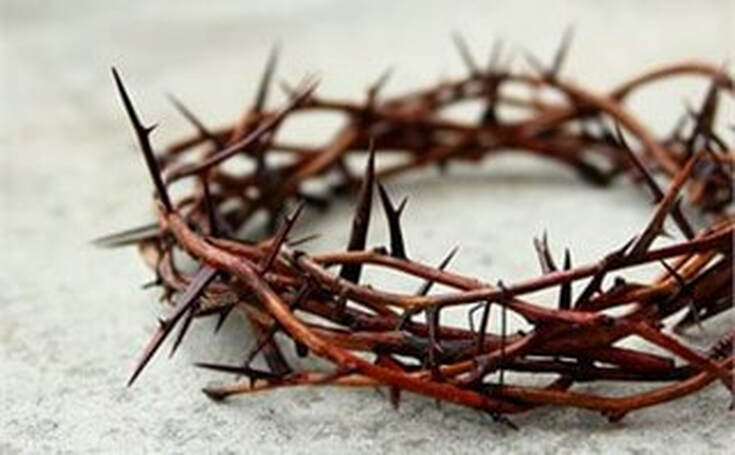
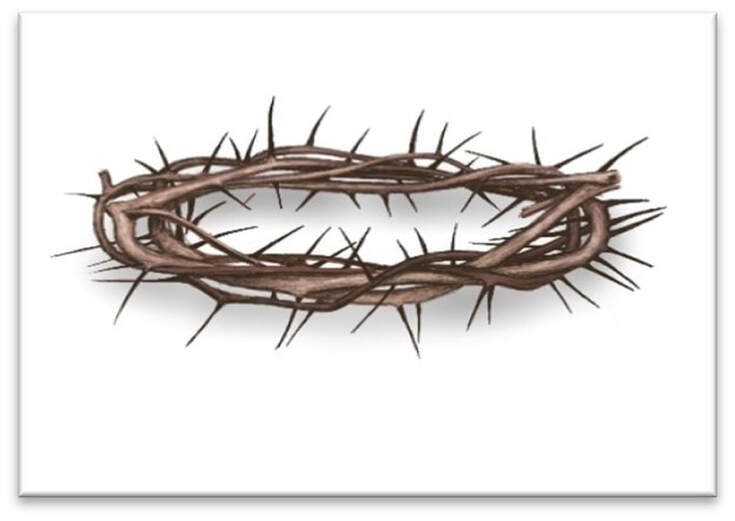

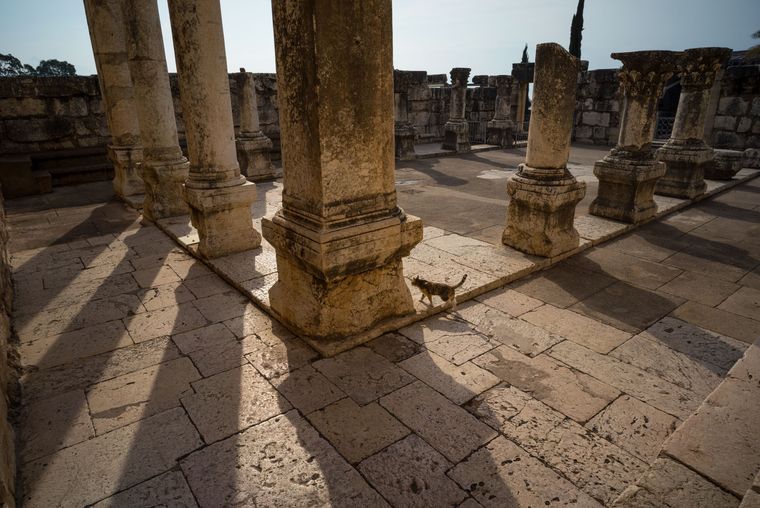
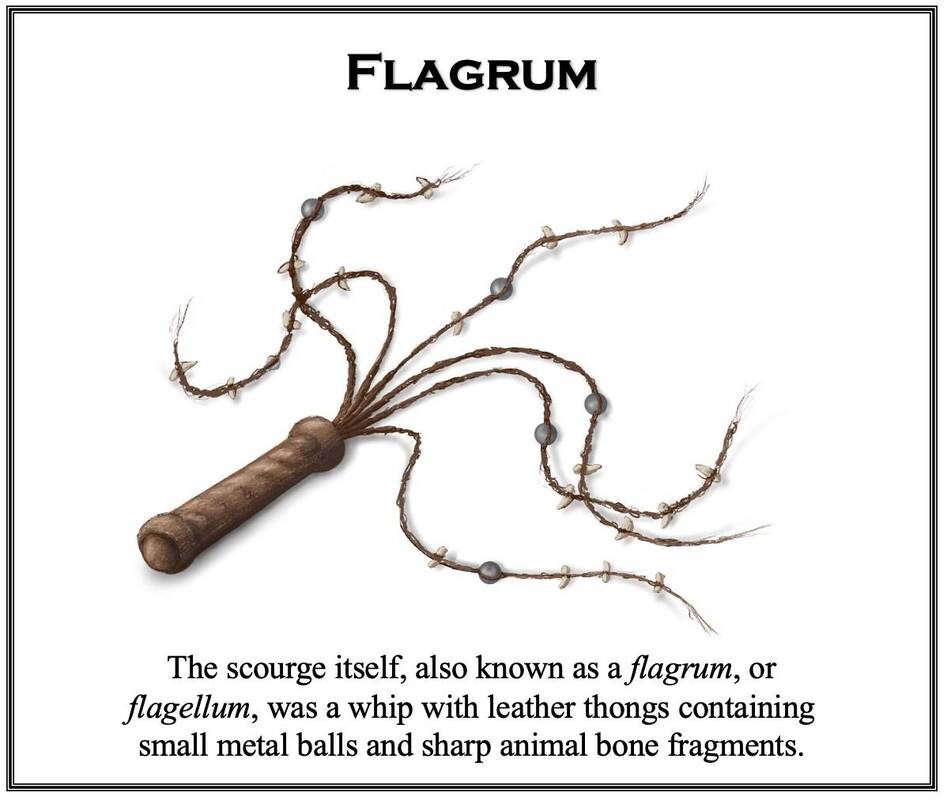
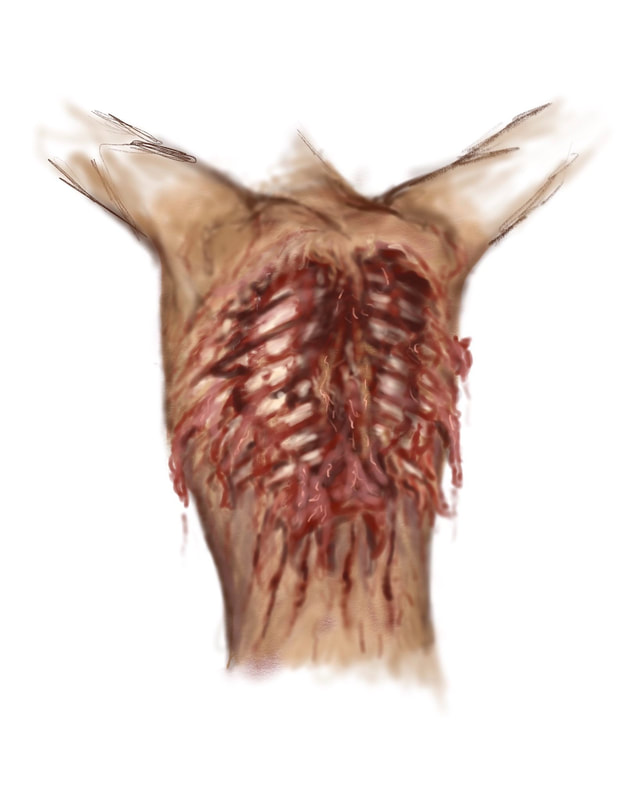
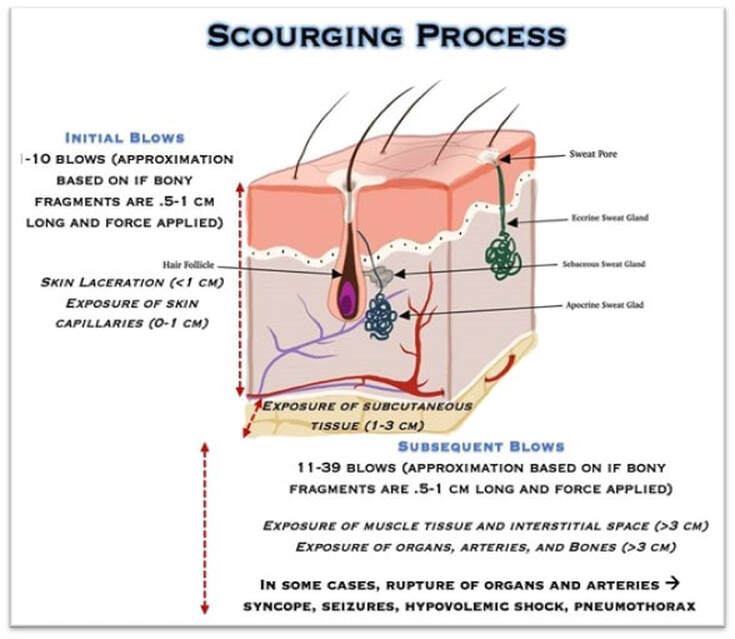
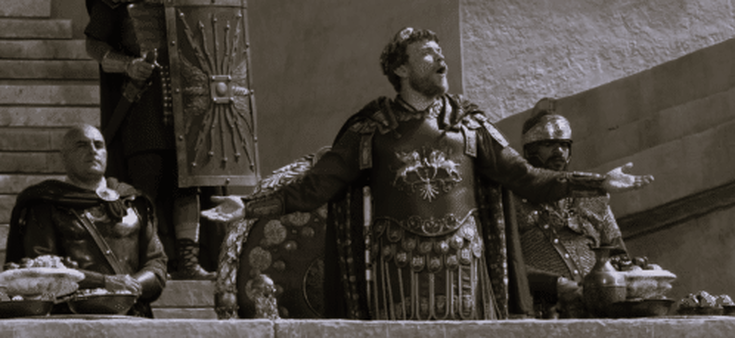

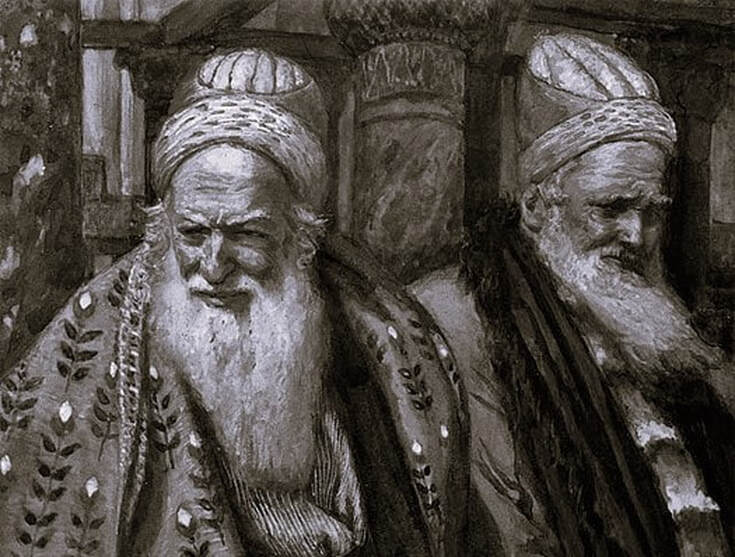
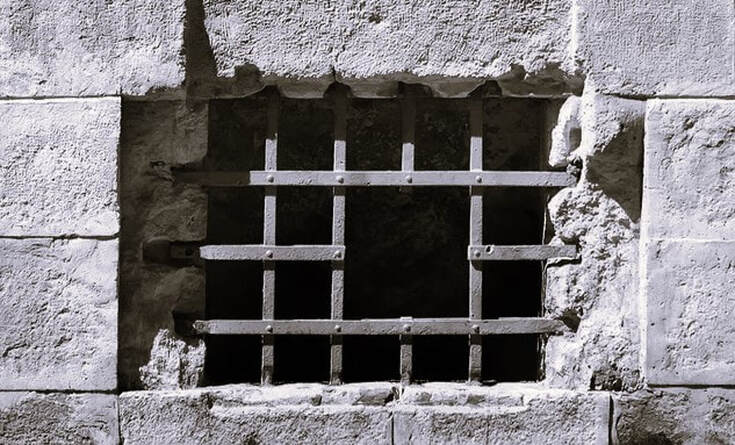
 RSS Feed
RSS Feed